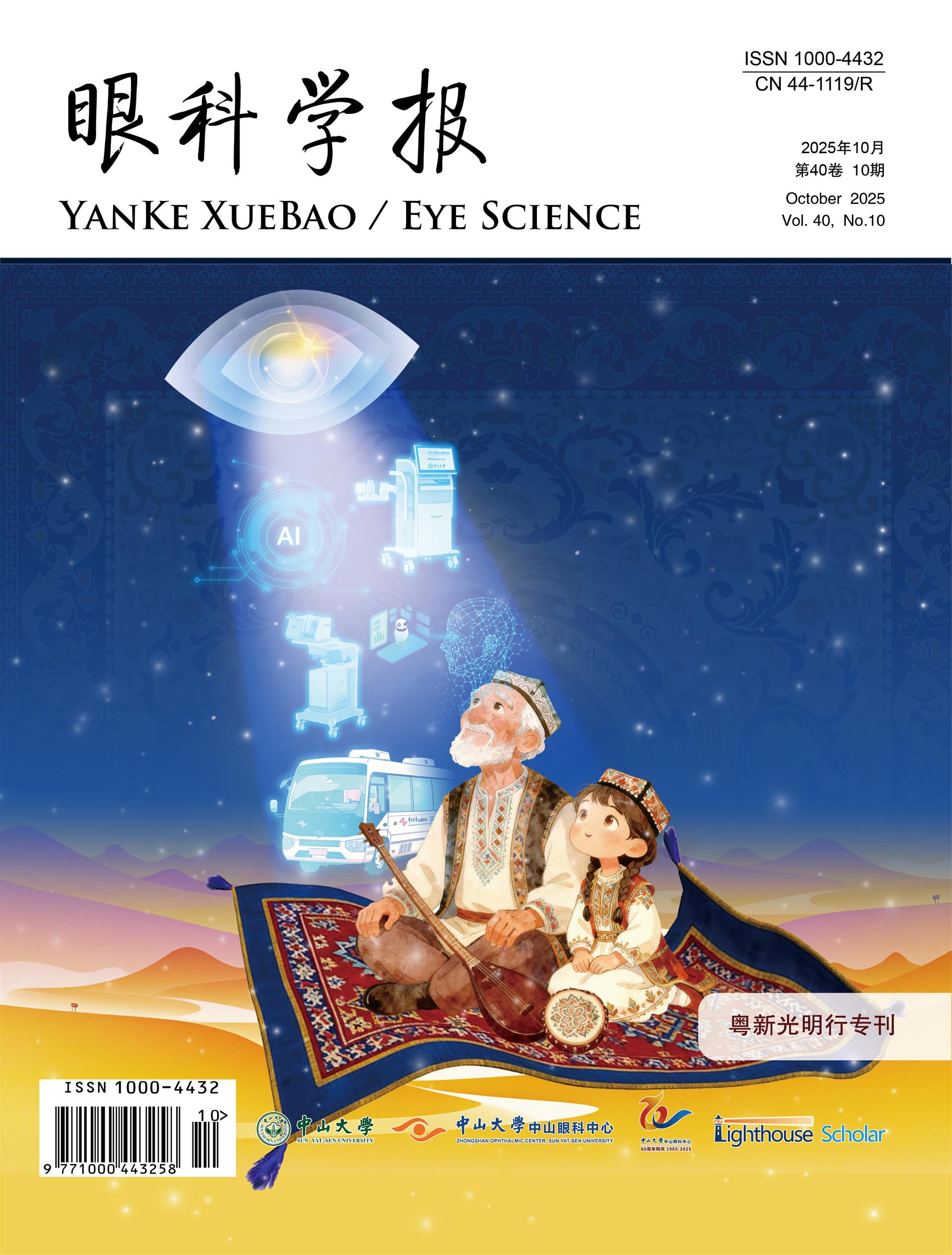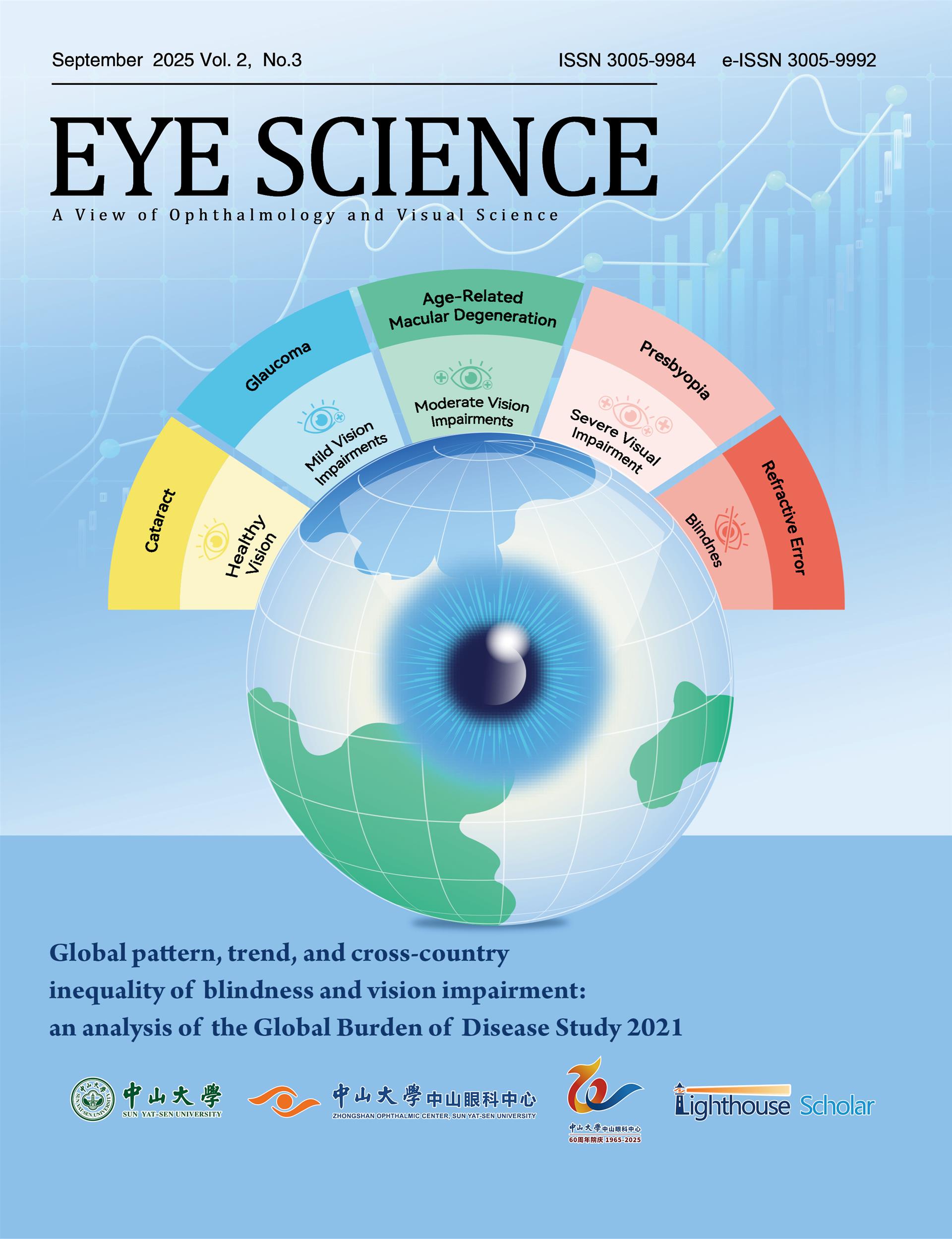In this case reportit describes a novel technique using indocyanine green gel for the surgical excision of conjunctival lymphangiectasia (CL). CL was found on the nasal side of left eye in a 50-year-old male. Surgical excision of the entire cystic lesion with an intact cyst wall was completed with the assistance of an indocyanine green (ICG) gel. No sutures were used throughout the entire procedure. Subsequent post operative follow-up was uneventful. Herein, we report a novel technique used to facilitate the identifcation and complete removal of an intraocular cystic lesion ensuring an intact cyst wall.

















